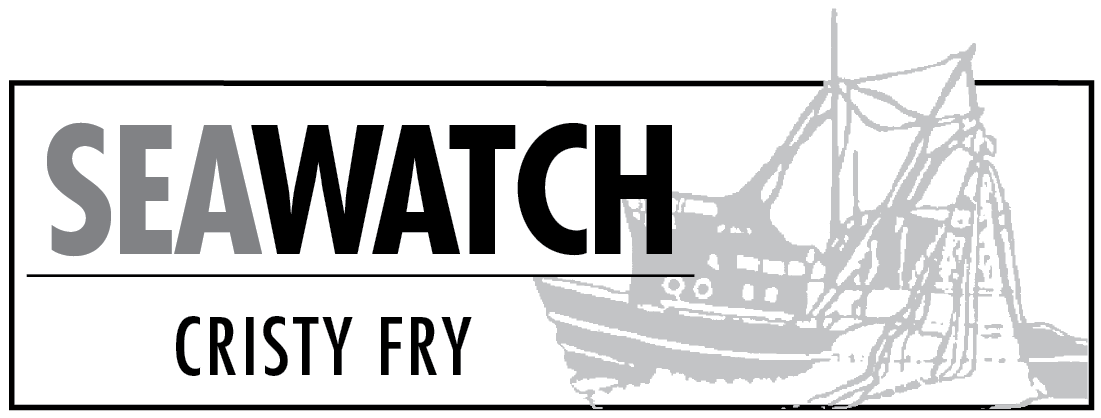Bristol Bay is expecting a sockeye salmon harvest topping 40 million fish next year, including the southern Alaska Peninsula. That’s bound to challenge harvesters and processors in ensuring quality, and have a chilling effect on prices for Upper Cook Inlet sockeyes.
A total run of 54 million sockeye is predicted for Bristol Bay, with a harvest of 2 million for Area M, which intercepts Bristol Bay-bound sockeye, and 38.5 million for the bay. The rest should result in adequate escapement for all nine rivers draining into Bristol Bay, according to the Alaska Department of Fish and Game and a separate prediction by the University of Washington’s Fisheries Research Insititute.
It is the largest run forecast since 1995, which saw a total run of nearly 61 million sockeye. The large return is based on a sibling model that produced a high number of one-ocean fish, salmon that spent only one year in salt water, compared to the more common two to three years.
While those smaller “jack” salmon generally pass through the nets of commercial fishermen, and therefore do not show up in large numbers in the commercial harvest, they do get caught in the small-mesh nets biologists use up-river to sample the makeup of returns.
That year-class has a bunch of brothers and sisters still swimming around out there that are expected to come back next season.
The nature of Bristol Bay runs causes problems for processors and fishermen because the run tends to be concentrated over a period of days, not weeks, which could overwhelm processors and harvesters, causing some processors to put boats on trip limits and make it difficult for fishermen with limited chilling capacity to deliver high quality fish.
All that causes a big question mark for markets in other areas of the state.
While Copper River sockeye, with their “earliest and best” marketing strategy, are probably immune, Upper Cook Inlet sockeye are very much at the mercy of the Bristol Bay run.
When the 2014 Bristol Bay run came in 36 percent over forecast in mid-July, the price paid to sockeye fishermen in the Inlet fell around 20 cents per pound.
Alaska Marine Safety Education Association is conducting a drill conductor training class in Homer on Dec. 13. The class meets U.S. Coast Guard requirements for fishing vessels and is free for commercial fishermen. Call 907-747-3287 or visit www.amsea.org to register.
Cristy Fry can be reached at realist468@gmail.com.



